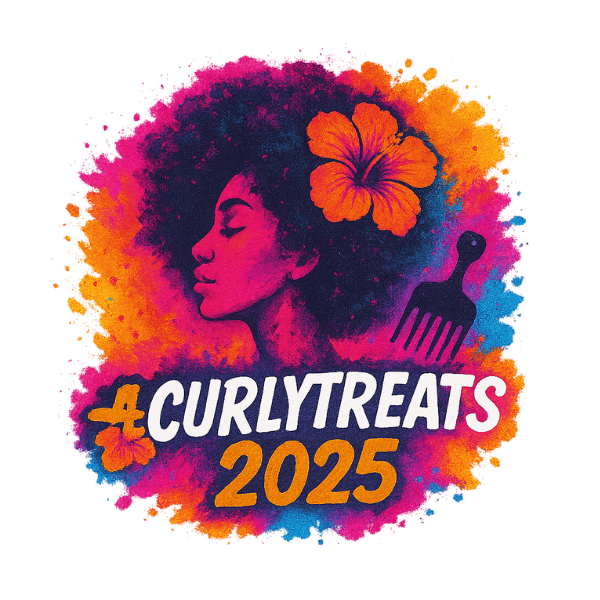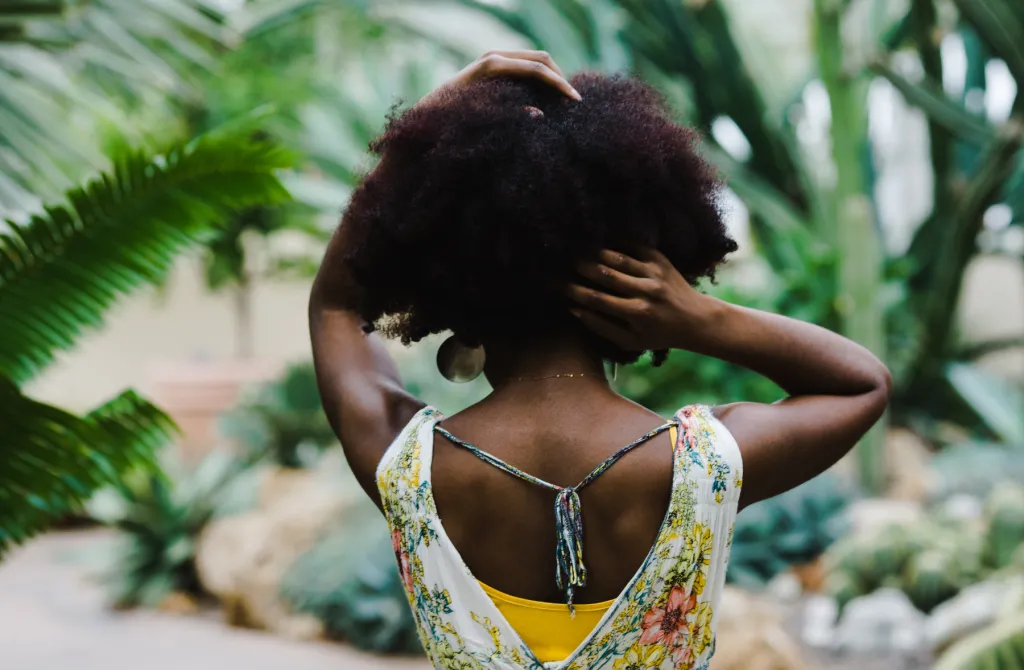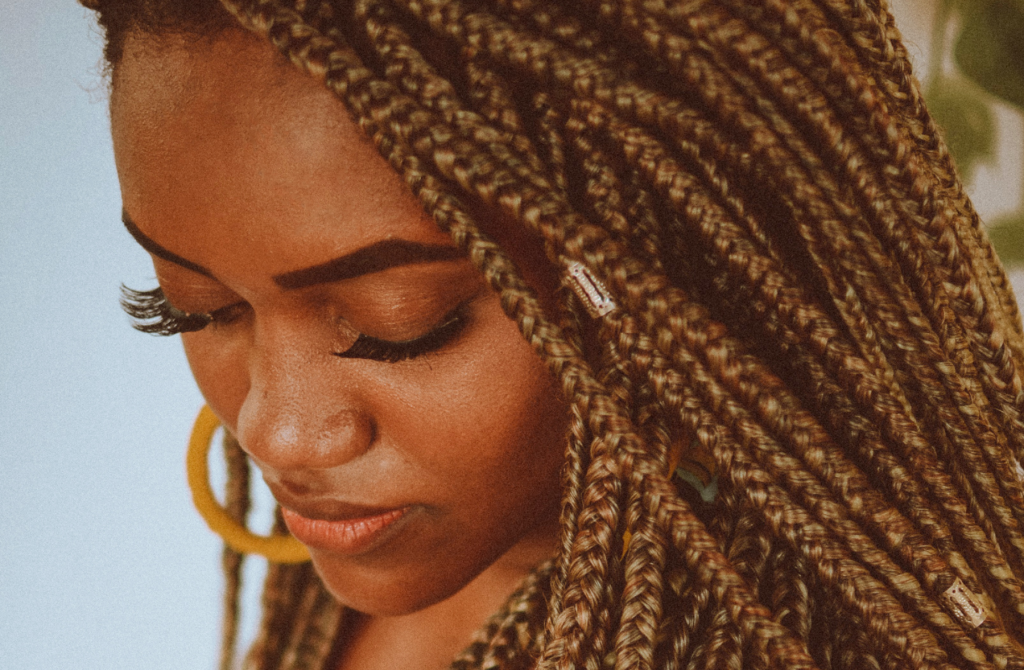If you're someone who loves styling your hair with hot tools like flat irons, curling wands, or even blow dryers, you know that constant heat exposure can lead to serious hair damage. From split ends to dryness, the effects of heat can strip your strands of their natural moisture and leave them looking dull and unhealthy. But don’t worry! With the right place, you can keep your hair healthy while still enjoying the versatility that heated styling tools provide.
1. Use a heat protectant before styling
How heat protectants work
A heat protectant acts as a barrier between your hair and heat tools, reducing moisture loss and protecting the hair’s outer layer. Most heat protectants contain silicones, polymers, or natural oils that help shield your strands.
How to choose the right heat protectant
- Look for ingredients like dimethicone, cyclomethicone, or hydrolysed proteins for optimal protection.
- Opt for lightweight, non-greasy formulas to avoid product buildup.
- Choose a spray or serum that can withstand temperatures up to 230°C (450°F) if using high-heat tools.
How to apply a heat protectant
- Spritz or spread the protectant evenly through your damp hair before using any hot tools.
- Ensure your hair is fully dry before heat styling to avoid additional damage from moisture being trapped inside the hair shaft.
2. Limit the temperature of your styling tools
Why temperature control matters
Many people mistakenly assume that cranking up the heat will make the styling process faster or more effective, but this can actually harm your hair. Most hair types do not need temperatures higher than 177°C (350°F) for effective styling.
Safe temperature guide based on hair type:
| Hair Type | Recommended Temperature (°C) | Recommended Temperature (°F) |
|---|---|---|
| Fine or fragile | 121–149°C | 250–300°F |
| Normal or medium | 149–177°C | 300–350°F |
| Thick | 177–204°C | 350–400°F |
3. Give your hair regular breaks from heat styling
Heat-free styling alternatives
- Braid-outs or twist-outs for wavy curl definition.
- Buns and twists for volume.
- Hair rollers to create defined curls or waves without heat.
4. Invest in high-quality tools
Features to look for in heat styling tools
- Ceramic or tourmaline plates: These distribute heat more evenly, preventing hotspots that can scorch your hair.
- Ionic technology: Helps retain moisture and reduce dryness.
- Adjustable temperature settings: Essential for customising the heat level to your hair type.
5. Deep condition regularly to restore moisture
Why deep conditioning is important
Frequent heat styling can strip your hair of its natural oils, leaving it dry and prone to breakage. One of the best ways to counteract this is by using a deep conditioning treatment at least once a week.
How to deep condition effectively
- Use a moisture-rich deep conditioner at least once a week.
- Apply heat using a hooded dryer or thermal cap to enhance absorption.
- Look for ingredients like coconut oil, shea butter, aloe vera, and hydrolysed proteins.
- Leave the deep conditioner on for 10–30 minutes before rinsing thoroughly.
How often should I use a heat protectant?
Is air-drying better for my hair than blow-drying?
Can I prevent heat damage entirely?
How do I know if my hair is heat damaged?
Should I use a different heat protectant for different styling tools?
What’s the best material for flat irons?
Beat the heat
Heat styling doesn't have to be the enemy of healthy hair. By using these essential tips, you can significantly reduce the risk of heat damage and keep your curls healthy and resilient.
Remember to always use a heat protectant, limit the temperature on your tools, and give your hair some time off from heat styling. With a little care and the right products, you can enjoy beautifully styled hair without compromising its health.
Want more curly hair tips? Sign up for our newsletter for expert advice, product recommendations, and styling inspiration.




